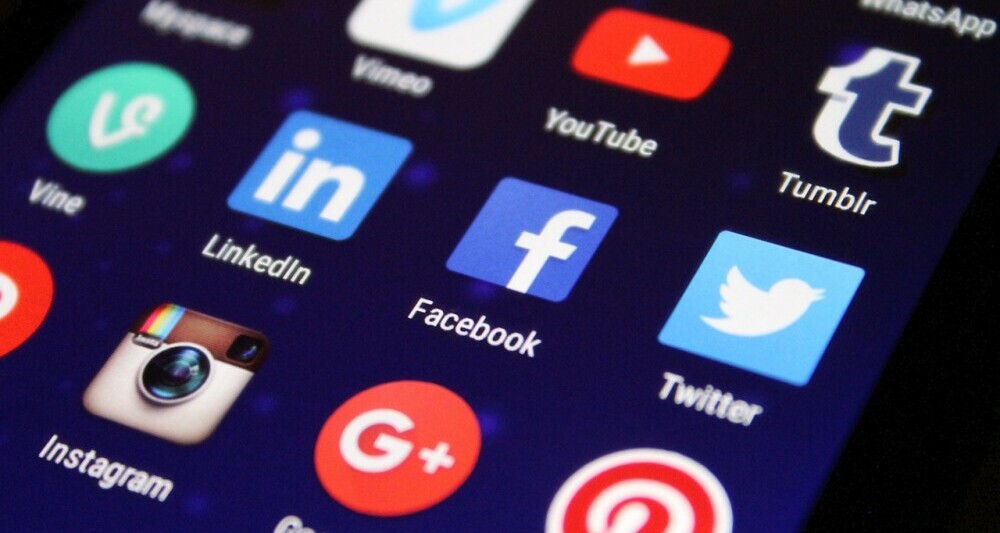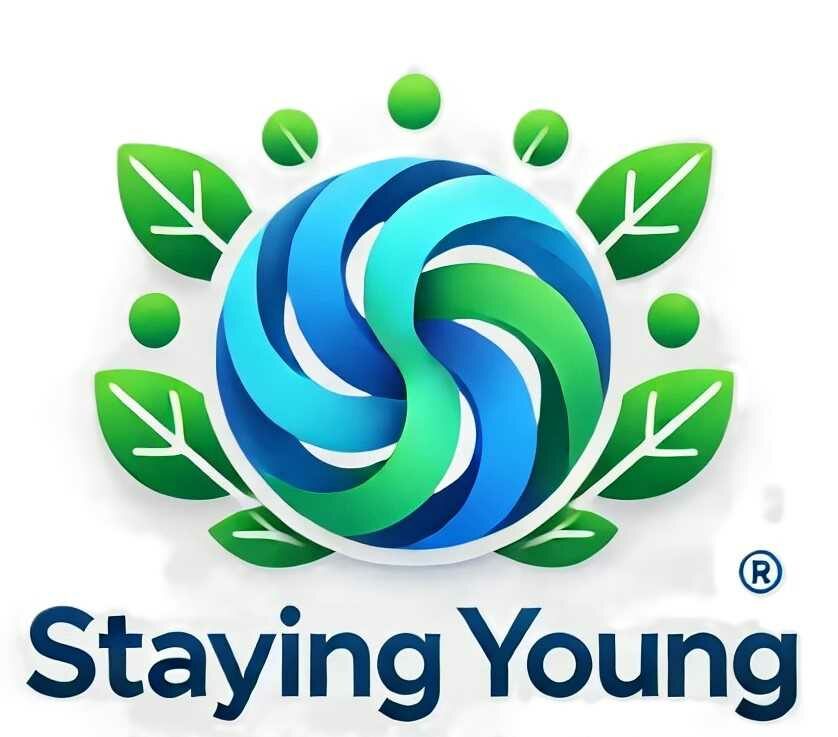
I’m going to level with you: our lives are saturated with digital media. From the moment we wake up, our screens demand our attention with an endless stream of notifications and updates. It’s daunting, isn’t it? But you’re not alone if you’re feeling tethered to your devices.
Now, let’s look at some signs that might indicate you’re inching towards digital burnout. You know, that feeling when your eyes glaze over after hours of scrolling through social media, or when you realize, you’ve been replying to emails well past bedtime. Yeah, that’s not just tiredness; it’s a sign that your mind needs a break.
Unplugging isn’t just about stepping away from the keyboard or putting your phone down for a moment. It’s about giving your mind the space to rejuvenate. Mental health experts agree that taking breaks from digital stimulation can lead to better sleep, improved mood, and enhanced focus. There’s real power in hitting the ‘off’ switch, even if it’s just for a short while each day.
You can always adjust your approach down the road, but the idea is to set the stage now. In the next section, I’m going to help you with planning your very own digital detox journey. That’s going to include setting goals that feel right for you, tailoring a plan that fits snugly into your busy life, and bringing along some companions for the ride. This isn’t just about putting your gadgets away; it’s also about crafting a more mindful relationship with technology.
Planning Your Digital Detox Journey
When you decide to take a break from your digital devices, it’s not about going cold turkey or isolating yourself from the modern world. It’s about finding a balance that works for YOU. So, start by setting goals that feel achievable. Ask yourself what you’re hoping to gain from this detox. Is it better sleep, more time with loved ones, or perhaps increased focus?
Now, crafting a detox plan doesn’t mean you need to map out every moment of your day, but it does help to have a structure. Think about which parts of your day are most consumed by digital noise. Maybe it’s during meals, right before bed, or first thing in the morning. Those could be great times to start disconnecting. Remember, your plan should complement your lifestyle, not complicate it.
But you don’t have to go at it alone. Tell a friend, a family member, or anyone you trust about your detox plans. Their encouragement could be the difference between sticking to your goals and slipping back into old habits. Moreover, they might even join you, turning the digital detox into a shared challenge that’s easier to tackle together.
In the next section, I’m going to share with you some effective strategies to help ease out of the digital world and make the most of your detox experience. You’re going to find out about establishing tech-free zones, uncovering new hobbies, and managing those all-too-frequent impulses to check your notifications.
Tips and Strategies for Successful Unplugging
I’m going to share some tips on how to effectively unplug, and trust me, you’re going to find out about more than just turning off your smartphone.
First off, choose something that resonates with you: Set dedicated tech-free zones in your home. Whether it’s the dinner table or the bedroom, these spaces can become sanctuaries from the digital world.
You can always adjust your approach down the road, but try starting with defined tech-free times. Maybe it’s during meals, the first hour after waking up, or before bedtime. This is about carving out pockets of peace in your schedule.
Don’t worry too much about filling every minute with activities. In my opinion, it’s essential to let boredom spark creativity. Pick up a book, try journaling, or go for a walk. These activities can help you reconnect with yourself and the world around you, away from screens.
If you’re itching to check your phone or computer, pause. Take a deep breath. Ask yourself what you’re seeking from the device. More often than not, we reach for technology out of habit, not necessity.
Incorporate offline hobbies into your life. Whether it’s playing a musical instrument, gardening, or sports, focus on what brings you joy without a power button.
Remember, your first attempt doesn’t need to be your last. If one strategy isn’t working for you, try another. It’s all about finding what best helps you to recharge.
Reflecting on the Digital Detox Experience

So, you’ve unplugged and stepped away from the digital world – that’s a feat in itself. Taking the time to pause and reflect on this experience is critical. How do you feel now, compared to before your digital detox? Many people report a significant drop in stress levels and a newfound mental clarity. If that sounds like you, well done.
It’s not just about a one-off escape from digital overload. The real value lies in what you take away from this experience. Integrating digital mindfulness into your everyday life can lead to profound changes. That means being intentional with your screen time, making conscious choices, and listening to what your mind and body need.
So, how do you maintain this fresh perspective? Start by setting boundaries with your devices that align with your detox discoveries. Apps and notifications will tempt you back into old habits, but now you’ve got the tools and insights to resist. Choose to engage with technology on your terms, not out of compulsive habit.
Remember, the goal isn’t to eliminate digital devices from your life completely; after all, they’re incredibly useful. It’s about finding and sustaining a balance that serves you, your health, and your productivity. As you integrate these new habits, you’ll likely notice a ripple effect of positive change in other areas of your life. This balance is an ongoing journey, and you’re equipped to take it one step at a time.
